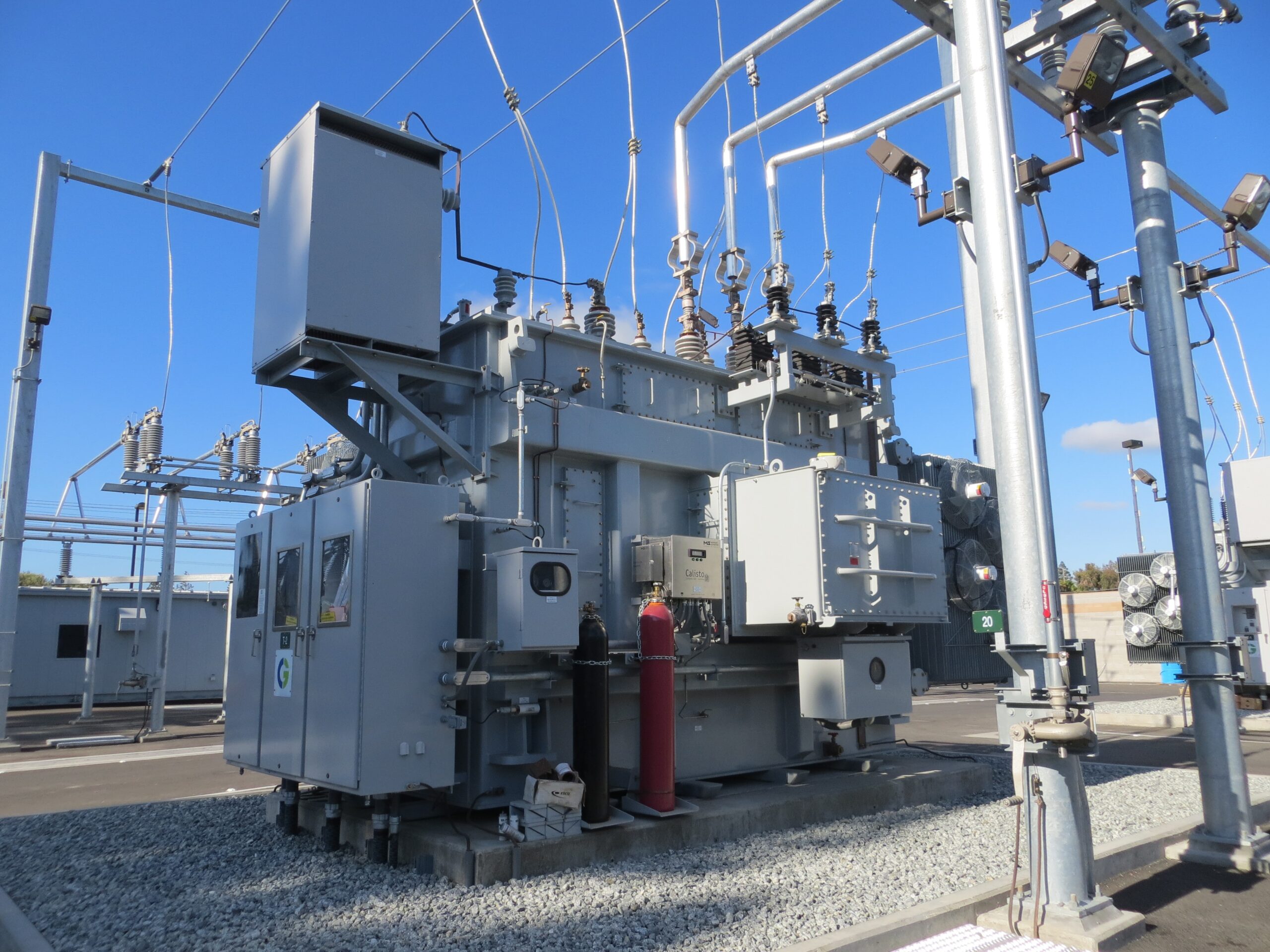
Are you tired of power outages disrupting your daily life? Do you want to be self-sufficient and have a backup power source? Building your own generator is a great solution. In this guide, we will walk you through the process of making a generator from scratch. With a little bit of knowledge and some basic tools, you can have your own reliable source of electricity.
Gather the Materials
The first step in building a generator is to gather all the necessary materials. Here’s a list of what you’ll need:
- Small gasoline engine
- Alternator
- Battery
- Rectifier
- Control panel
- Fuel tank
- Wires and connectors
- Mounting brackets
- Various tools (wrenches, pliers, wire cutters, etc.)
Make sure to choose high-quality components for better performance and durability.
Assemble the Components
Once you have all the materials, it’s time to assemble the components. Follow these steps:
- Mount the engine onto a sturdy base using the mounting brackets. Ensure that it is securely fastened.
- Attach the alternator to the engine using the appropriate connectors and bolts.
- Connect the battery to the rectifier and then to the control panel. This will regulate the flow of electricity.
- Install the fuel tank and connect it to the engine with the necessary hoses and fittings.
- Connect the wires from the control panel to the alternator and the battery. Make sure all connections are tight and secure.
Double-check all the connections to ensure they are properly connected and insulated. Safety is paramount when working with electricity, so take the necessary precautions.
Add the Finishing Touches
With the main components in place, it’s time to add the finishing touches:
- Install a muffler to reduce noise pollution.
- Attach a fuel gauge to monitor the fuel level.
- Add a switch to turn the generator on and off.
- Consider adding wheels or handles for easy transportation.
These additional features will enhance the usability and convenience of your generator.
Test and Maintain
Before putting your generator to use, it’s essential to test it thoroughly. Start the engine and check if it generates electricity. Use a voltmeter to measure the voltage output. If everything is working correctly, your generator is ready to go.
To ensure the longevity of your generator, regular maintenance is crucial. Change the oil and air filter regularly, inspect the wiring for any signs of damage, and keep the fuel tank clean. Following the manufacturer’s instructions will help you maintain your generator in optimal condition.
Conclusion
Building your own generator is a rewarding experience that offers a reliable backup power source. By following this step-by-step guide, you can create a generator that suits your needs and budget. Remember to prioritize safety and maintenance to ensure the longevity of your generator. Now you can have peace of mind knowing that you won’t be left in the dark during a power outage.